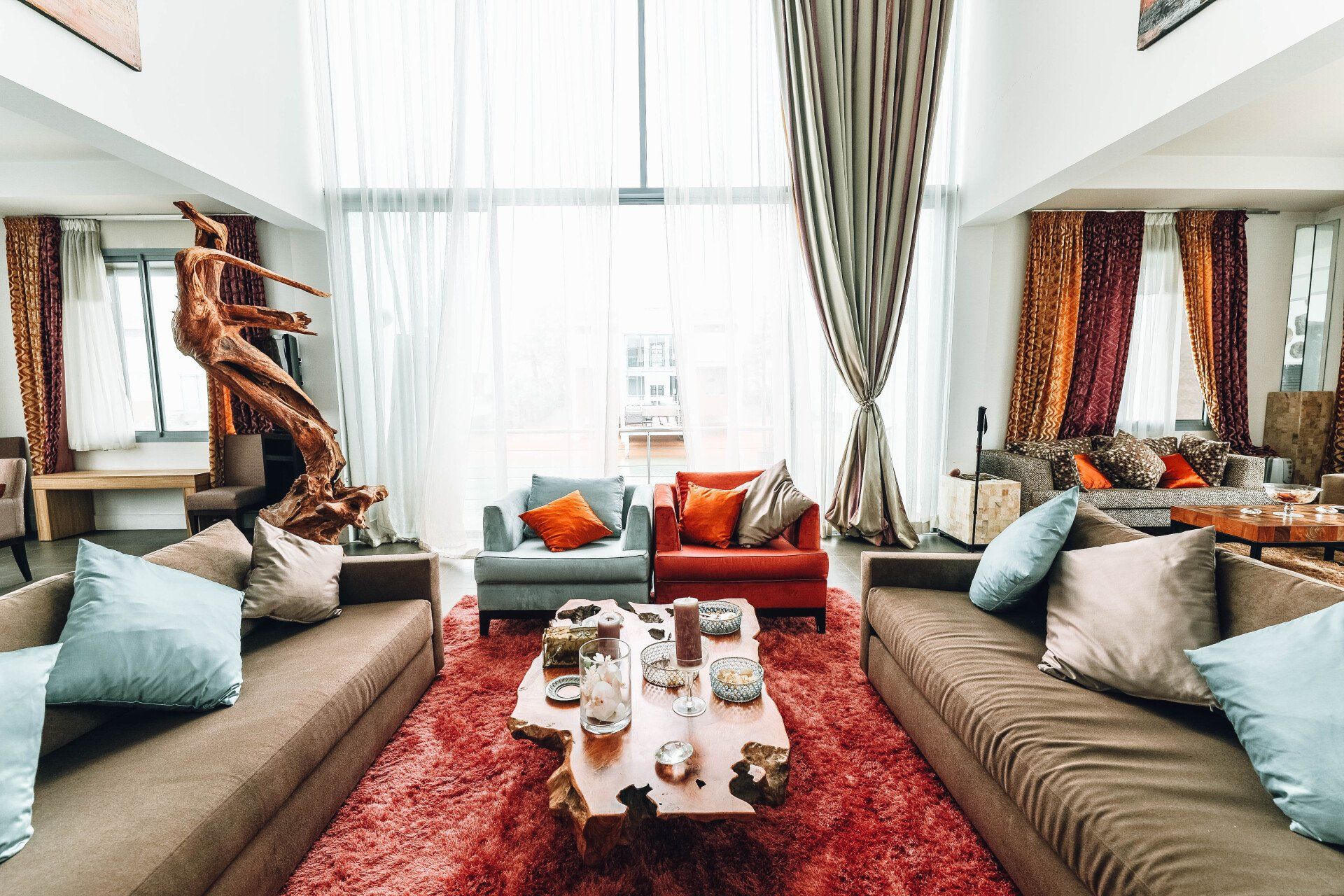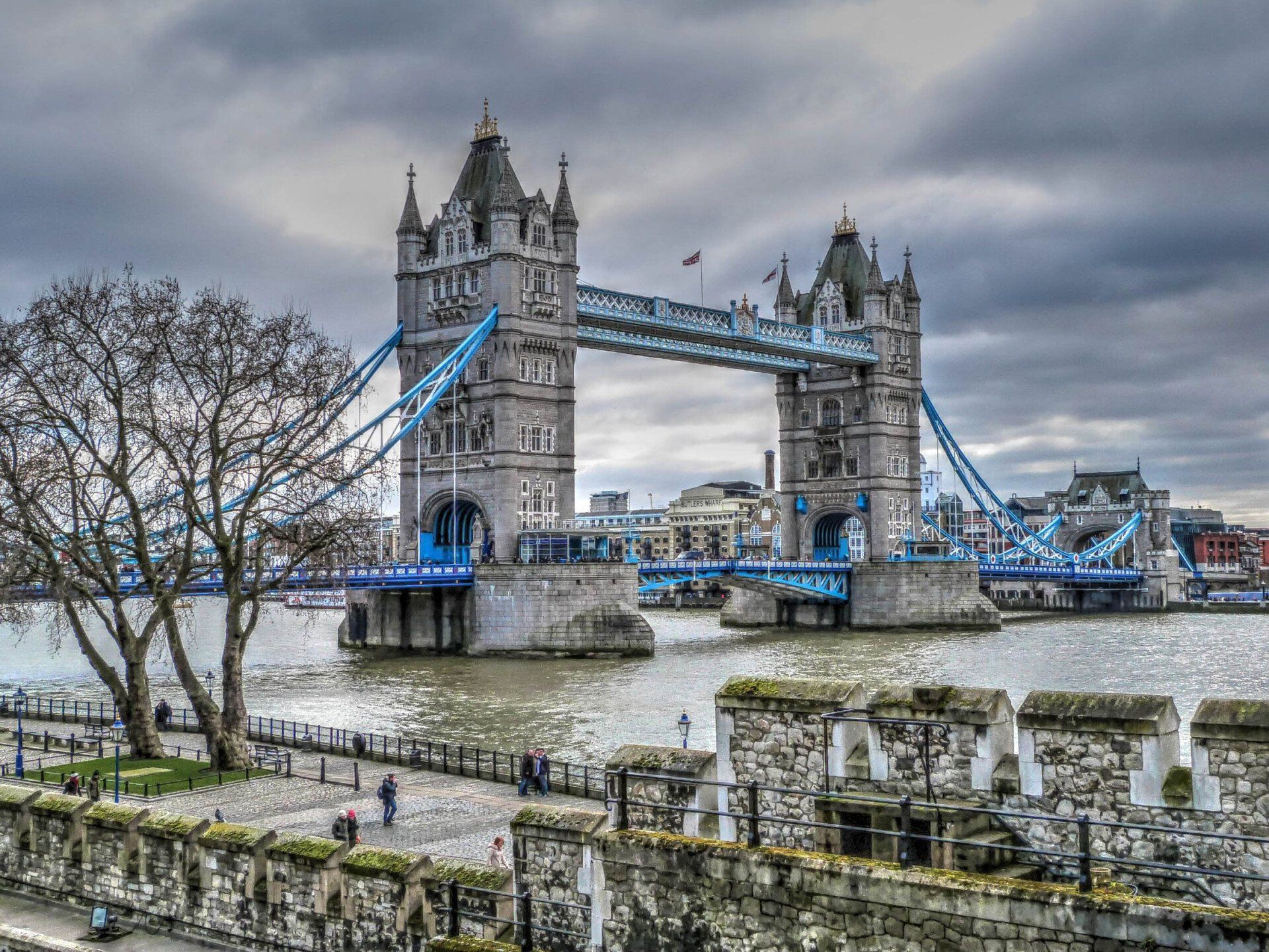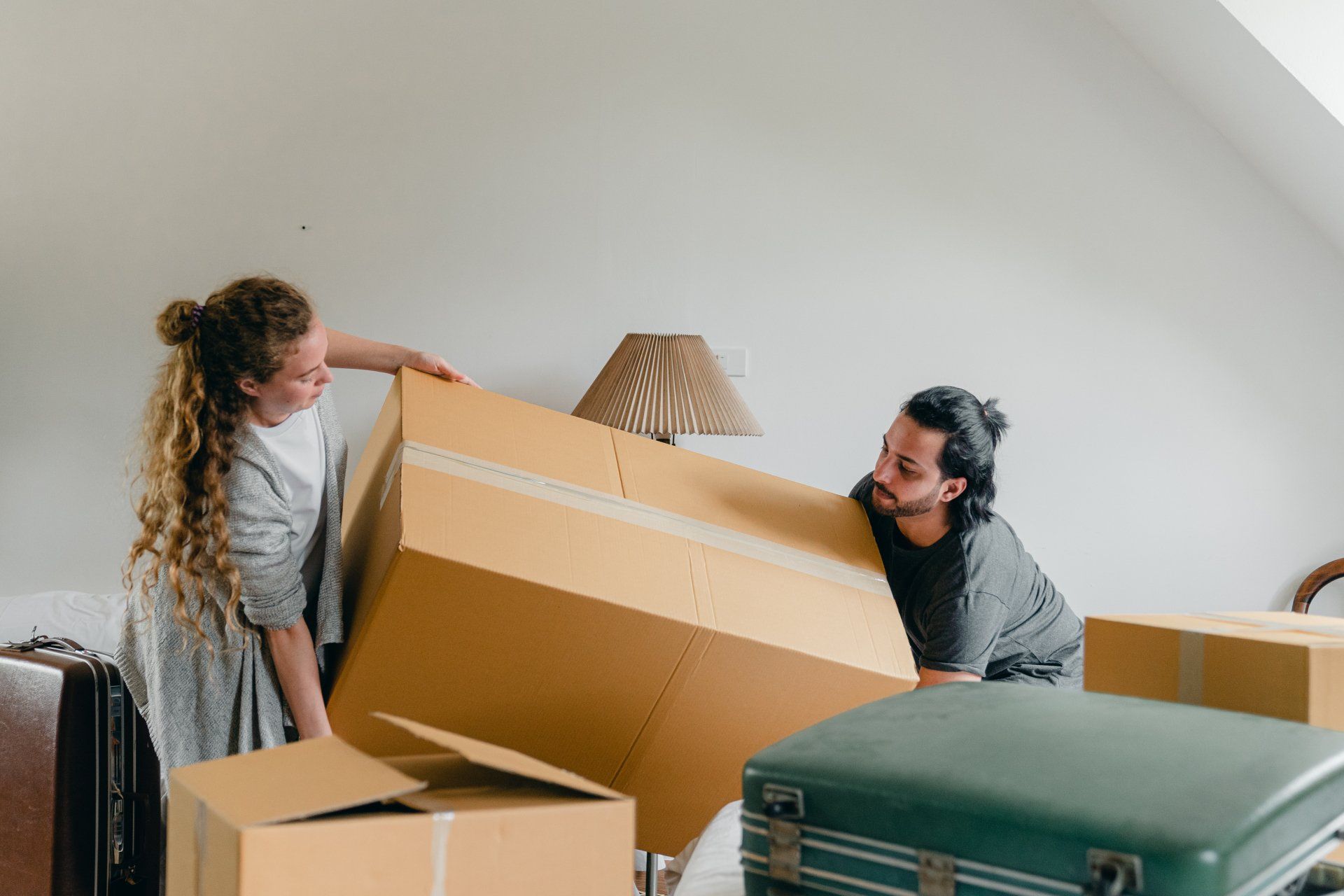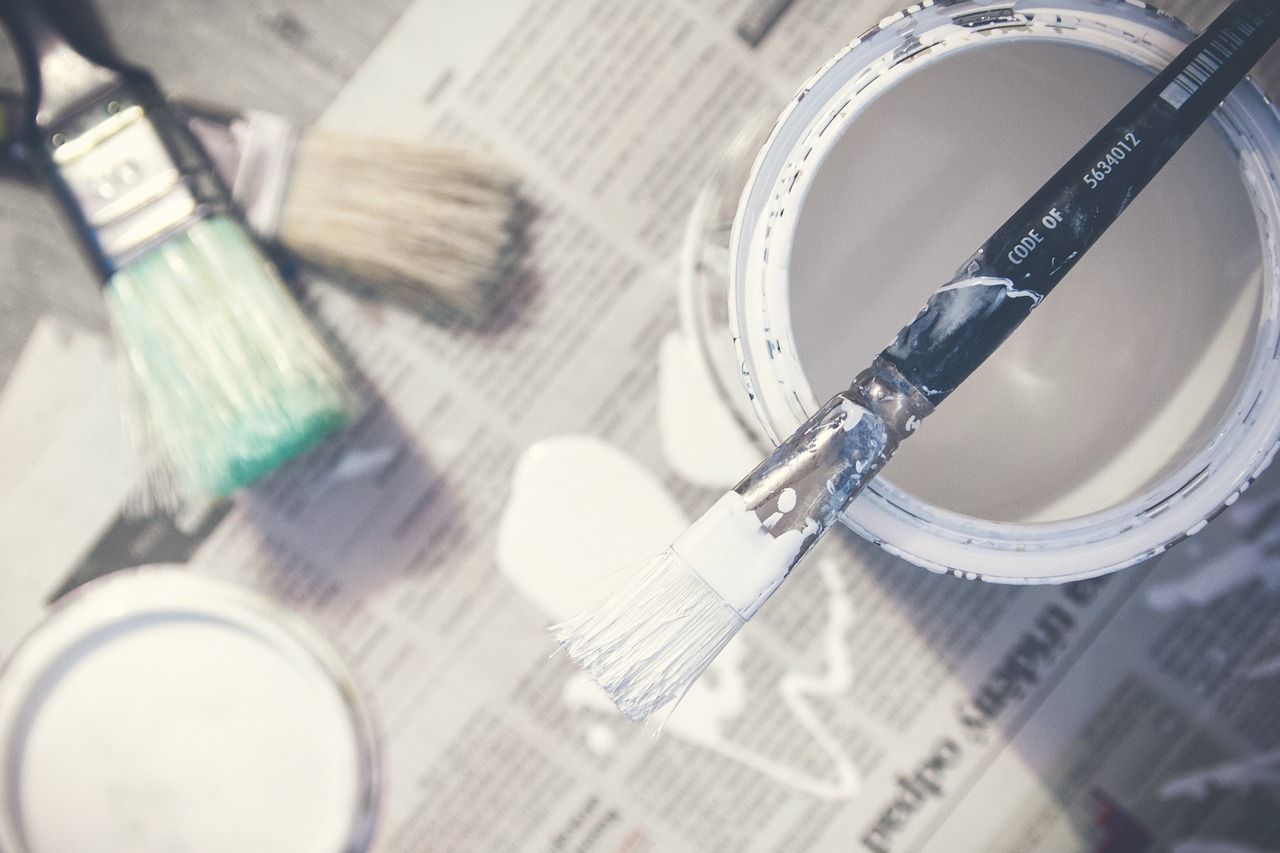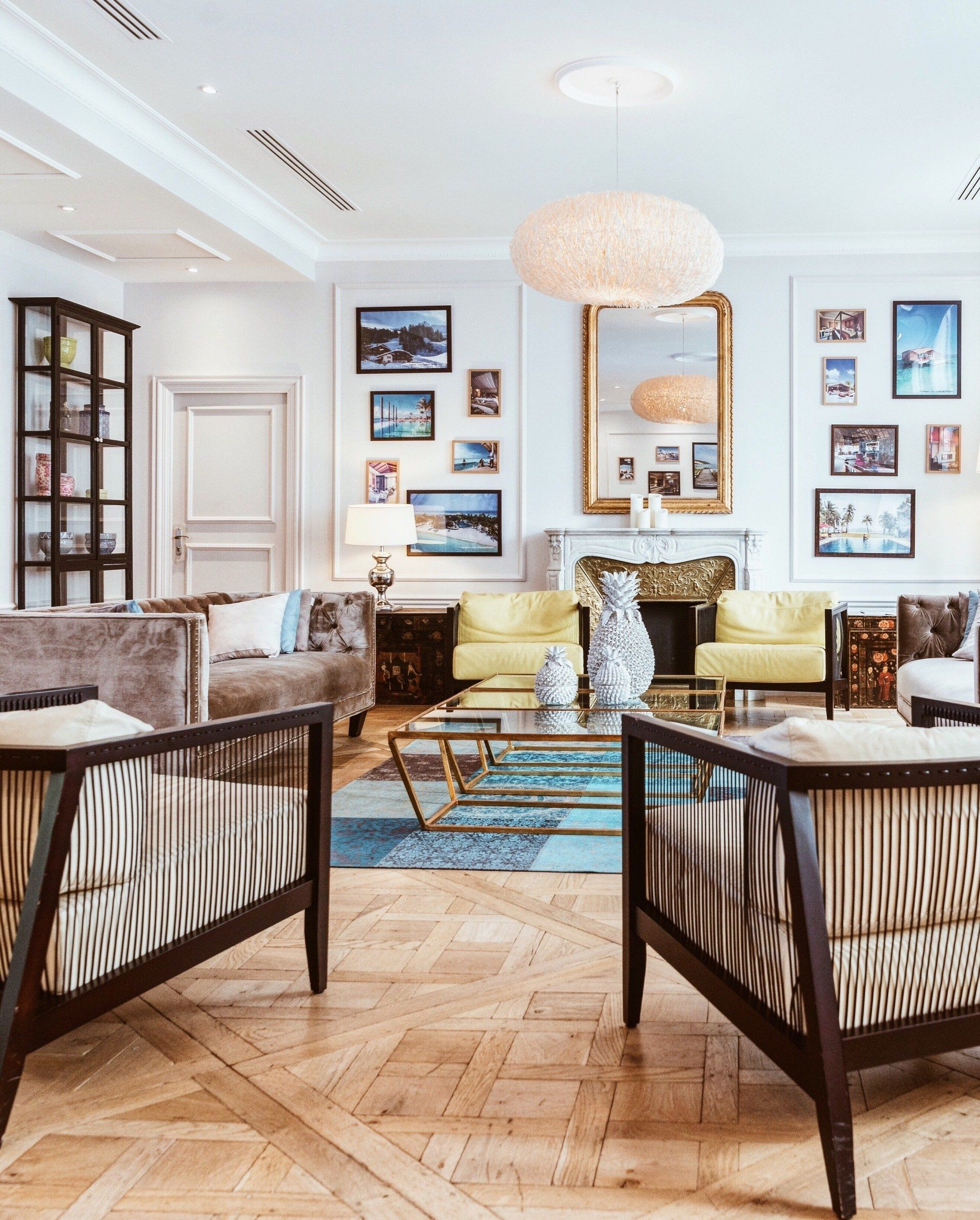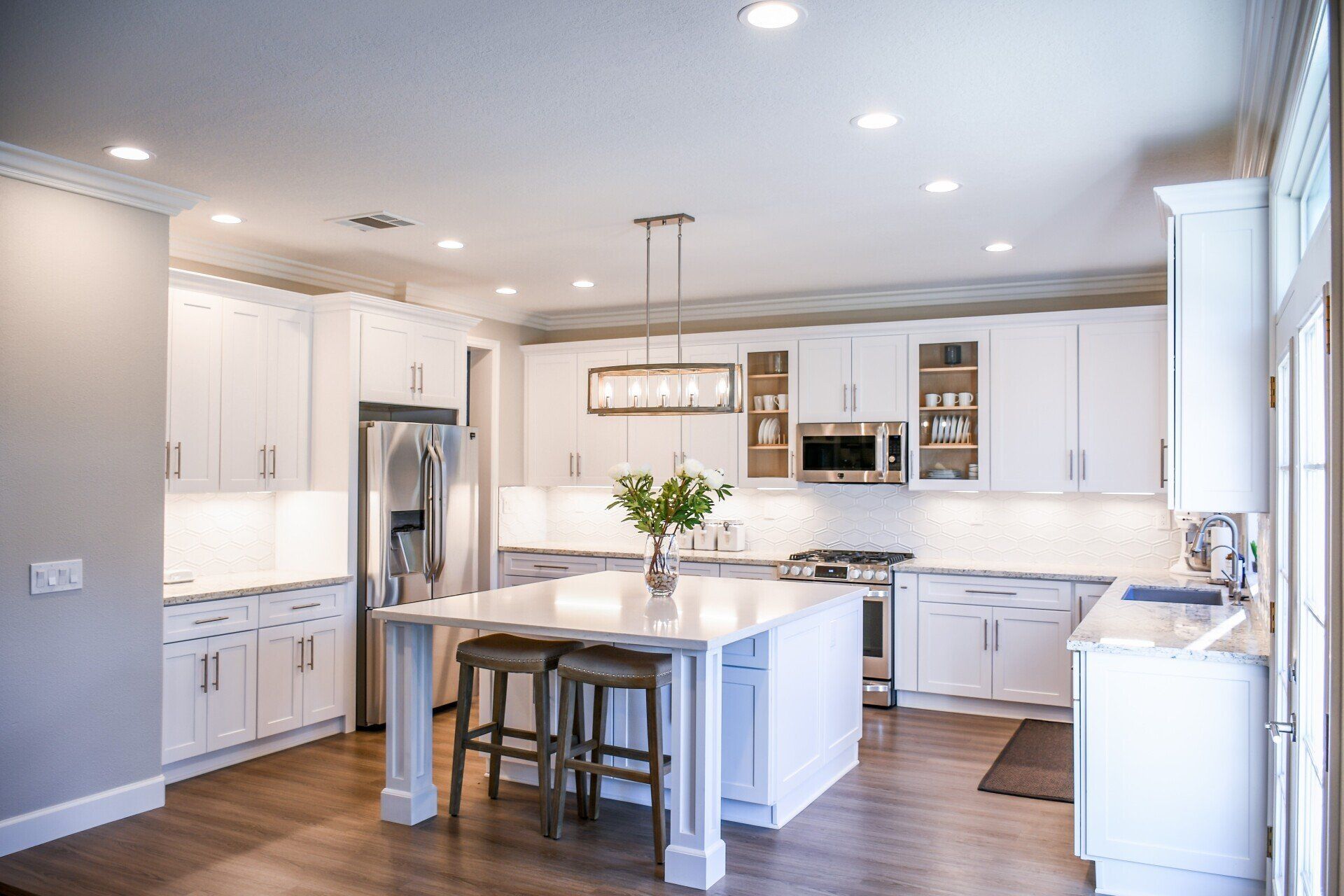New Title
Decorating and beautifying our living spaces is an act of creation, allowing us to transform the construction materials of our homes into something inspiring and beloved. The preceding essays provide wisdom and practical advice from London's talented painters and decorators specializing in this creative endeavor. Their insights guide homeowners through the process, helping them avoid common pitfalls and achieve satisfying results. Whether contemplating a simple DIY project or major redecoration by seasoned professionals, the information shared here empowers any Londoner ready to love their home before improvements begin.
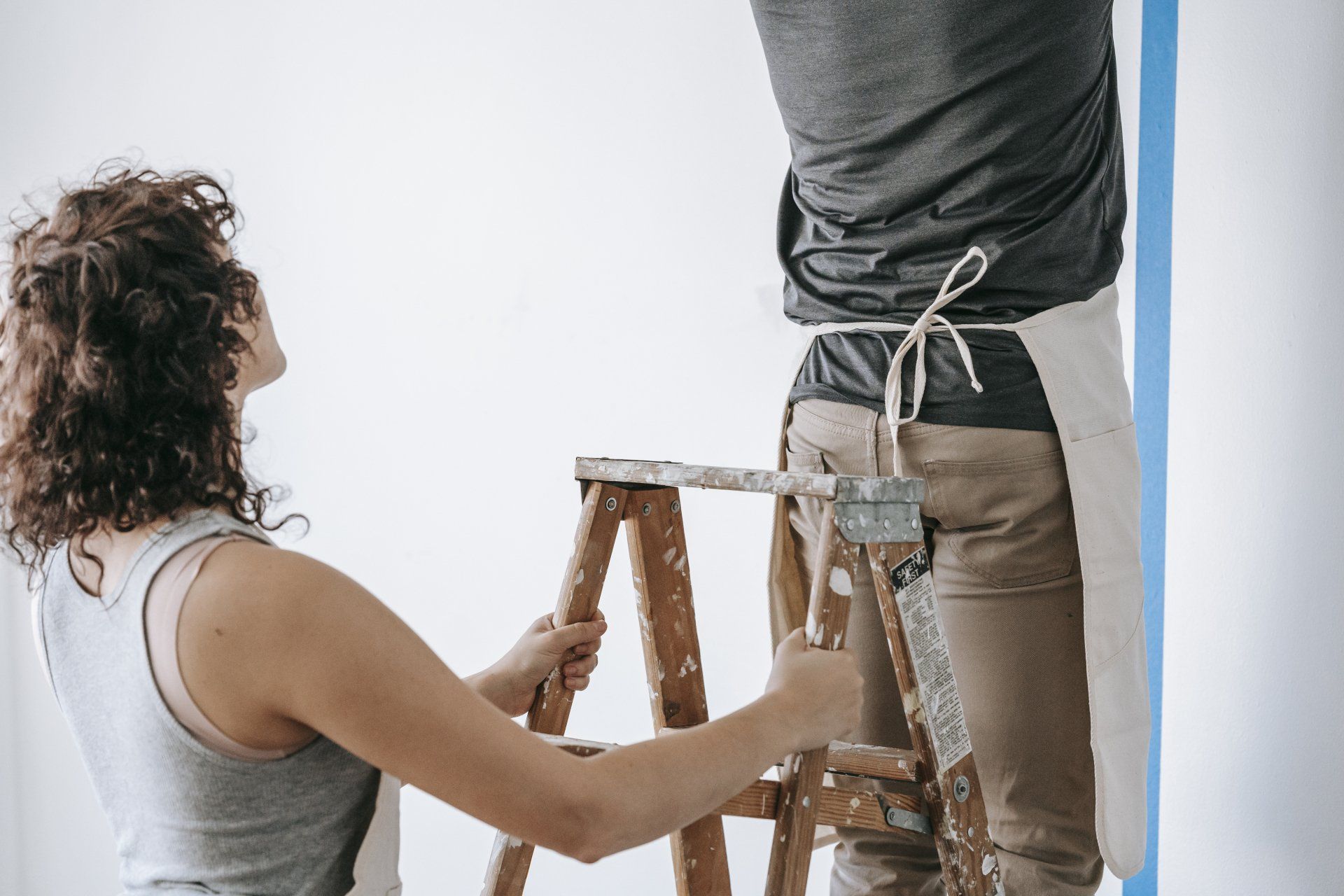
What common home improvement projects require hiring painters and decorators in London?
In London, many painting and decorating projects are best left to professionals. They have the skills, experience, and specialized tools to handle jobs that may be frustrating or disappointing for DIYers. Some common projects that Londoners hire professionals for include exterior house painting, which often requires scaffolding and specialized equipment.
Professional painters are experienced in navigating and prepping challenging surfaces and know techniques for maximizing durability in London's damp climate. Inside the home, repainting all the walls is a frequent job for residential painters, especially when a home changes owners. This requires patience, care, and experience maneuvering around furniture and flooring. Other tricky interior painting projects include refinishing kitchen cabinets, ceilings and intricate detail work. London's top decorators excel at specialty finishes and effects, such as sponging, ragging, and faux finishes. They are also skilled in handling complicated wallpaper installation.
What skills and expertise do professional painters and decorators in London have that DIYers may need to gain?
Though DIY painting may seem cheaper, London's professionals offer expertise that prevents disappointments. Their mastery of surface preparation assures proper adhesion, while DIYers often need to catch key steps leading to flaws. Experienced pros also identify and solve underlying issues before applying paint or wallpaper, concealing imperfections.
Access to specialized tools and equipment like lifts and scaffolds enables painting high surfaces safely with quality results. Professionals leverage extensive product knowledge to recommend ideal paints and finishes for each application, whereas DIYers need help deciphering options.
Industry veterans possess refined techniques for achieving flawless brushwork, uniform coverage, and sharp edges that demonstrate their skill. Most importantly, seasoned London decorators with extensive decorative repertoire understand current design trends.
While attempting DIY painting has some cost savings, the expertise and aesthetic sensibilities of London's painting pros are irreplaceable.
Their discerning guidance and workmanship create enduring interiors that instill pride and satisfaction.
What do homeowners commonly overlook or underestimate when starting a painting or decorating project?

Inexperienced DIYers might soon become overwhelmed when embarking on a significant home painting or renovating project. To prevent frequent mistakes, proper planning and preparation are required. Failure to clean, sand, tape off, and prime surfaces results in faults leaking through new paint. Choosing less expensive paints and wallcoverings frequently results in insufficient durability and coverage. Calculating the required materials avoids mid-project shortages.
Allowing enough time for the paint to cure between layers provides adequate curing and adherence. For clean, professional-looking edges and trim, mastering cutting techniques takes practice. Homeowners should also consider the time and effort required for prep work, furniture relocation, floor covering, and cleanup. Taking painting pros' advice helps homeowners anticipate obstacles and avoid easily avoidable mistakes. Investing in skilled brushwork is a smart way to get long-lasting, high-quality results that improve the appearance of your home.
What tips do London painters and decorators have for choosing paint colors and schemes?
Selecting an appealing, cohesive paint color scheme is one of the most important decisions when painting part or all of your home. London's professional painters and decorators regularly help homeowners through this process, providing guidance based on years of experience with colors, textures, lighting, and spatial factors. Here are some of their top tips for choosing paint colors:
Test out samples. Never select colors based solely on small swatches or color chips. The paint looks much different on full walls and in different lighting. Professional decorators recommend purchasing sample-size cans to paint decent sized test patches, mimicking your lighting. Evaluate colors at different times of day before finalizing.
Consider lighting and orientation. The amount and tone of natural light a room receives impacts color perception significantly. South-facing rooms with lots of sun may lend themselves to deeper, warmer hues, while north-facing rooms can handle lighter, cooler colors without appearing washed out.
Complement existing elements. Look at fixed elements like tile, countertops, flooring, and cabinetry, and select wall colors that work cohesively with those finishes. Accent colors in fixtures, art, and decor also influence paint choices.
Establish a color journey. Effective decorators paint homes using a logical color flow from space to space, tying everything together cohesively. Transition hues gradually rather than abruptly switching color schemes between two adjoining spaces.
Use color psychology. Colors inherently evoke psychological and emotional responses. Warm reds and oranges energize and stimulate. Cool blues and greens calm and relax. Soft neutrals represent balance and harmony. Choose a color that aligns with the mood you want to achieve in a particular space.
Define the function. Paint colors for public entertaining spaces, private bedrooms, kid's rooms, or a home office should suit the intended use. A lively violet may work in a little girl's room but not a main suite.
Coordinate color families. Decorators recommend selecting one dominant color as a theme and then choosing accent colors within the same color family, such as shades of reds versus greens. This provides cohesion while adding interest by contrasting light/dark bright/muted.
Allow personality to show through. The color preferences of the home's occupants should drive the final palette. An energetic family may favor bright, primary colors, while empty nesters often prefer soft neutrals and earth tones.
How can homeowners best prepare their homes before painters and decorators arrive?
Professional London painters and decorators are adept at working efficiently around the contents of an occupied home. However, properly preparing your home before a painting or decorating project can help ensure the process goes as smoothly as possible. Follow these tips recommended by seasoned painting pros.
Clear the space. Remove as much furniture and wall hangings as possible from the painted rooms. Cover and relocate large pieces that can't feasibly be moved out. This will maximize the workspace for painters and prevent accidental damage during the work.
Protect surfaces and belongings. Use drop cloths or masking tape and plastic sheeting to cover floors, carpets, countertops, cabinets, and other stationary items that could get paint on them. Empty kitchen cabinets that will be painted.
Clean surfaces thoroughly. Use TSP cleaner to wash walls, baseboards, vents, and other paintable surfaces, removing built-up grime, oil, and wax. This helps paint properly adhere. Wash windows inside and out. Remove hardware like switch plates. Apply caulk to small gaps and holes.
Patch and repair flaws. Inspect walls and use spackle, putty, and drywall tape to cover any holes, cracks, or imperfections affecting the finished appearance. Sand down any bumps or textures.
Remove outlet covers. Detach all light switches, electrical outlet covers, and window hardware like cranks and locks so the paint doesn't glob onto them.
Clear exterior areas. For outside house painting, prune back bushes growing directly on the house. Move portable items like patio furniture, decor, and hoses far from work areas. Cover immovable fixtures.
Communicate on flooring. Remove area rugs and runners, roll them up, and store them off site if needed. Install blue tape "runways'' along baseboards if painters must walk on recently refinished hardwood or other delicate flooring.
Plan for pets. Move pets out of work areas for safety. Birds are especially prone to lung irritation from paint fumes and dust. Turn off tank heaters and remove fish if painting a room where aquariums are located.
Check weather reports. Avoid exterior painting immediately preceding or following heavy rain. Schedule interior painting on dry days to allow adequate drying time between coats. Keep windows closed during work.
Taking time for this detailed pre-painting preparation makes the painting process far more efficient and ensures a professional-looking finished result free of overspray or collateral damage.
What painting or decorating trends are currently popular in London homes?
Like fashion and other design industries, painting and decorating styles go through evolving trends, some classic and others fleeting fads. Professional London painters and decorators stay up on the latest popular looks homeowners request. Here are some current painting and decorating trends appearing in London homes right now:
Muted, neutral color palettes. White, beige, gray, and ivory schemes make rooms light and airy. Softer pastel versions of these lend subtle color without overwhelming. These tranquil finishes provide flexibility for changing accent decor.
Dark, moody colors. Deep hues like navy blue, emerald green, and charcoal black are popular for dramatic feature walls and spaces like home theaters and master retreats. Trim and ceilings are often kept lighter.
Color blocking. Using multiple solid color blocks on walls adds a modern, graphic look. Keep blocks large rather than busy patterns. Complementary colors work best.
Wallpaper revival. After years of favoring painted walls, wallpaper is back quickly. Both bold prints and textured solids are popular again, especially in powder room and dressing room spaces.
Creative paint techniques. Professionals are frequently asked to apply special finishes like rag rolling, sponging, marbling, graining, and strié. These add depth and interest to walls and furniture.
Maximalist accents. Homeowners are open to bold, eye-catching accent walls, ceilings, doors and trim. Vibrant paints, exotic wallpapers and decals, painted patterns, and metallic finishes grab attention.
Sustainability. Eco-friendly paints with zero VOC content are preferred. Recycled glass, clay, and plant fiber wallpapers are also trending.
Personalization. Murals of landscapes meaningful to homeowners or featuring family photos are a popular custom look. Painted trompe l'oeil faux finishes take this further.
Keeping up with London's latest paint and decorating trends while guiding clients on what will have lasting appeal versus fleeting fads is an important service professional painters and decorators provide.
What questions should homeowners ask when hiring and working with painters and decorators in London?
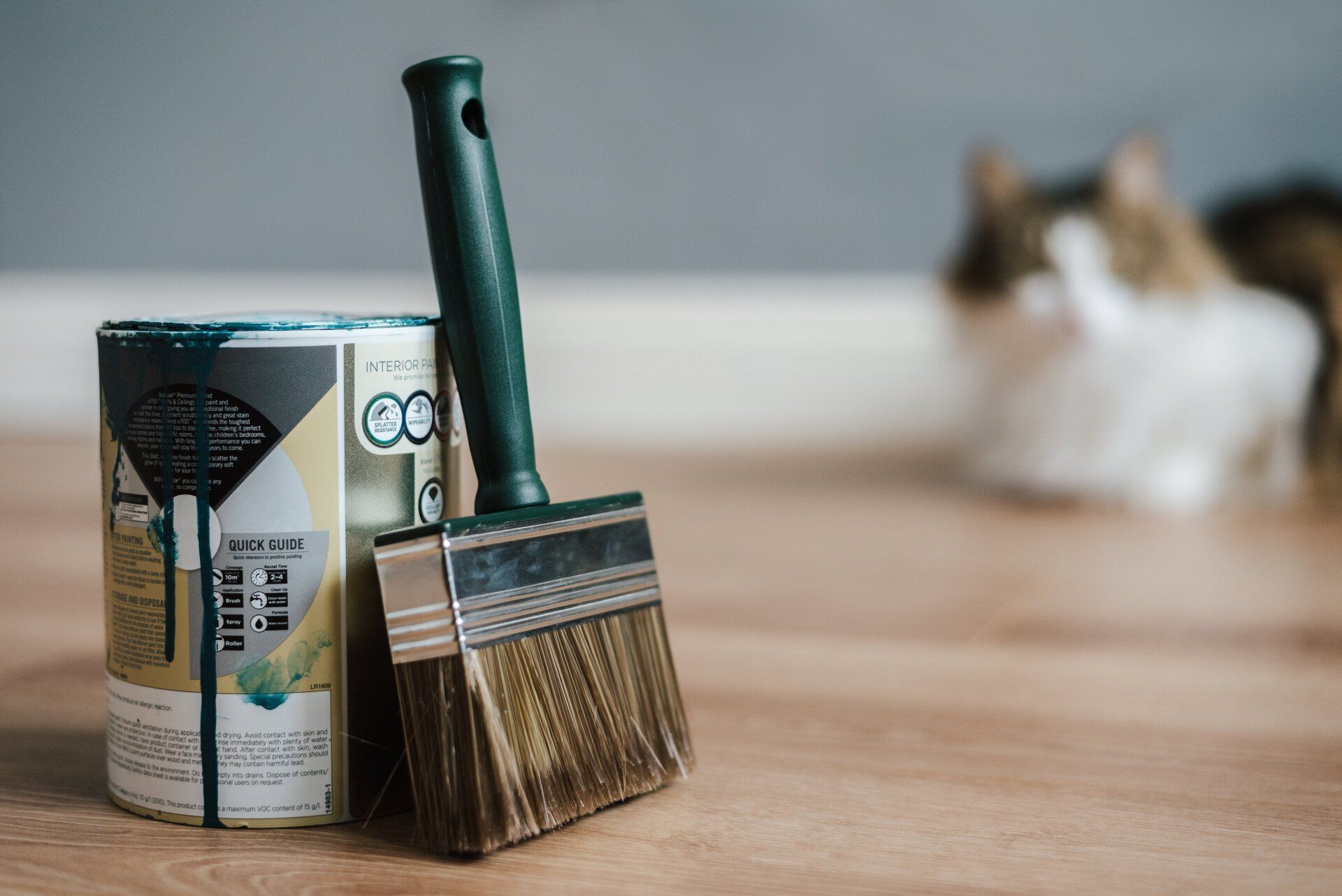
Hiring a painting and decorating contractor for your home is a big decision. Asking the right questions upfront ensures you select the best professional for the job and set clear expectations. Here are some key questions London homeowners should consider asking potential painters and decorators:
How long have you been in business? Look for an established company with many years of experience and a solid reputation. Verify they have licenses required by the city.
Are you insured and bonded? Reputable contractors will carry liability insurance and bonding to protect you from property damage or other losses. Ask for proof.
What is your pricing structure? Get a detailed breakdown of what is included in their quoted price, such as materials, labor, prep work, clean-up fees, etc. Beware of quotes that need to be higher.
What is your specialty or area of expertise? Contractors may specialize in decorative finishes, waterproofing, historical restoration, etc. Make sure they are suited for your specific job.
Who will be completing the work? Find out if the owner will be onsite or if work is delegated to employees or subcontractors.
Can you provide references from recent jobs? Contact references to inquire about their satisfaction with the contractor's quality, reliability, communication, and professionalism.
What preparation is required? Good contractors will help you prepare the space appropriately before work begins. The need for more emphasis on prep is a red flag.
How long will my project take? Get clear estimates on project duration from start to finish and the number of workers who will be onsite.
How will you protect my home and belongings? Clear policies should be about drop cloths, masking, dust barriers, floor coverings, and overall care taken.
What are your cleaning processes? Cleanup and disposal of waste is important to the contractor's responsibility.
What common mistakes do London painters and decorators see homeowners make on painting/decorating projects?
After years of experience in London homes, professional painters and decorators often cringe at some common mistakes they see from homeowner DIYers. Though well-meaning, many homeowners who set out to paint rooms or redecorate all on their own inevitably end up with less-than-stellar results. Here are some of the most frequent errors:
Trying to simply paint over existing problems like stains, cracks, peeling layers, or unremoved wallpaper rather than properly preparing surfaces. Attempting shortcuts leads to ugly flaws bleeding through the new paint.
Not cleaning walls and trim thoroughly before painting. Grease, dirt, and other grime prevent proper paint adhesion and cause peeling or discoloration.
Choosing cheap, poor-quality paint to save money. Inexpensive paint won't provide good coverage and often requires three coats or more to avoid appearing patchy.
Using the wrong sheen level on ceilings and trim. High gloss finishes make flaws obvious. Flat ceilings show every drip and brush stroke since light reflects differently on horizontal planes.
Applying dark colors without first priming. Deep colors like reds and browns often require tinted primer/sealer to avoid taking numerous coats to achieve color saturation and uniformity.
Painting in very dry or humid conditions. This can ruin paint chemistry and adhesion, leading to cracking or delamination of the paint layers.
Not allowing sufficient dry time between coats or finishing with trim too soon. Even quick-drying paint needs proper curing time before adding layers.
Failing to use painter's tape on edges and trim. Taping takes time but prevents bleeding under and onto adjacent surfaces.
Rushing the cutting in step. Cutting around edges with a trim brush is key for clean lines with no drips or streaks marrying woodwork and trim.
How can London homeowners properly maintain their freshly painted or decorated surfaces?
There are both benefits and downsides to pursuing painting and decorating as a career. A major plus is the opportunity to express creativity through color, textures, and finishing techniques. The work also allows flexibility, as many are self-employed and can choose their hours and projects. As they gain experience, painters and decorators can also earn excellent wages. The job provides the satisfaction of seeing a well-executed paint or wallpaper job transform a space. However, there are physical demands from activities like standing, bending, climbing, and lifting equipment. Work sites can be uncomfortable in extreme temperatures. Tight deadlines and demanding customers may cause stress. Financial uncertainty and irregular work schedules are a reality for the self-employed. Beginning painters need help with low earnings potential. With additional training or education, there is more room for advancement to higher positions. Weighing the pros and cons allows individuals to determine if the painting and decorating field suits their career needs and lifestyle.
How can you get started and trained as a painter and decorator?
After investing in a professional paint or decorating job in their London home, homeowners will want to take proper steps to maintain the pristine, finished look. Here are tips from expert painters and decorators for protecting freshly painted and decorated wall surfaces:
Allow the paint to cure fully - Wait at least two weeks before thoroughly washing walls or hanging art and decor to avoid damaging the paint surface while it is still vulnerable.
Clean gently with mild soap and water - Harsh cleaners can damage delicate wallpaper or strip paint, dulling the finish. Use a soft sponge or cloth.
Limit moisture exposure - Fix any humidity issues, leaks, and condensation that could cause moisture damage to surfaces.
Use painter's tape when working near walls - Cover baseboards when refinishing floors or cleaning carpets to prevent scuffs and splatter.
Don't pick at wallpaper seams or edges - Seams splitting open leads to peeling. Handle wallpaper gently.
Avoid abrasive scrubbing pads - Scouring and brushes can mar painted surfaces, especially smooth finishes.
Touch up small scuffs immediately - A little touch-up maintains appearance rather than allowing flaws to compound.
Repaint high-traffic areas more frequently - Areas like hallways and kitchens may need repainting every few years due to regular wear, marks, and handprints.
Keep temperature and humidity moderate - Extreme heat, cold, and humidity can damage surfaces over time, causing lifting, bubbles, or cracks.
Use dimmers on light switches - Power surges running through wires in walls generate electromagnetic fields that may gradually discolor wall finishes.
What interior or exterior painting/decorating projects would London professionals recommend homeowners hire out vs. DIY?
London's experienced professional painters and decorators typically recommend homeowners hire out large, complicated, or dangerous painting and decorating jobs. On the other hand, smaller "freshening up" projects are manageable for the average DIYer. Here are examples of what to hire out versus DIY:
Hire Out
- Full interior house paint job
- Exterior house painting
- Painting tall ceilings or second-story rooms
- Wallpaper installation
- Faux finishes like marbling or woodgrain
- Any painting requiring scaffolding or lifts
- Painting over existing wall problems
- Painting rooms while occupied
DIY Possible
- Painting a single feature wall or accent wall
- Painting a small room like a bathroom or closet
- Touching up trim and baseboards
- Painting doors, furniture, or cabinetry
- Painting a ceiling 8 feet or lower
- Hanging prepasted wallpaper border
- Refreshing kitchen tile with chalk paint
- Spray painting outdoor furniture cushions
The bottom line is any painting or decorating job requiring tall ladders, chemical stripping, or blocking access to occupied rooms should be left to skilled professionals. Safely investing more in labor is wise to protect your home investment and get the best quality results.
Conclusion
In closing, the specialized skills of London's painters and decorators must be valued, for they can work magic beyond the abilities of casual DIYers. By heeding their advice and allowing creativity to flow under their brushstrokes, you enable these experienced tradesmen to elevate your home into a place truly worthy of your love. The resulting transformation will enhance daily life and comfort for many years.
West London's best Handyman services
Reliable all round services including
Curtains Fitting And Installation
useful links

We are helping to save the rainforest,
one acre at a time
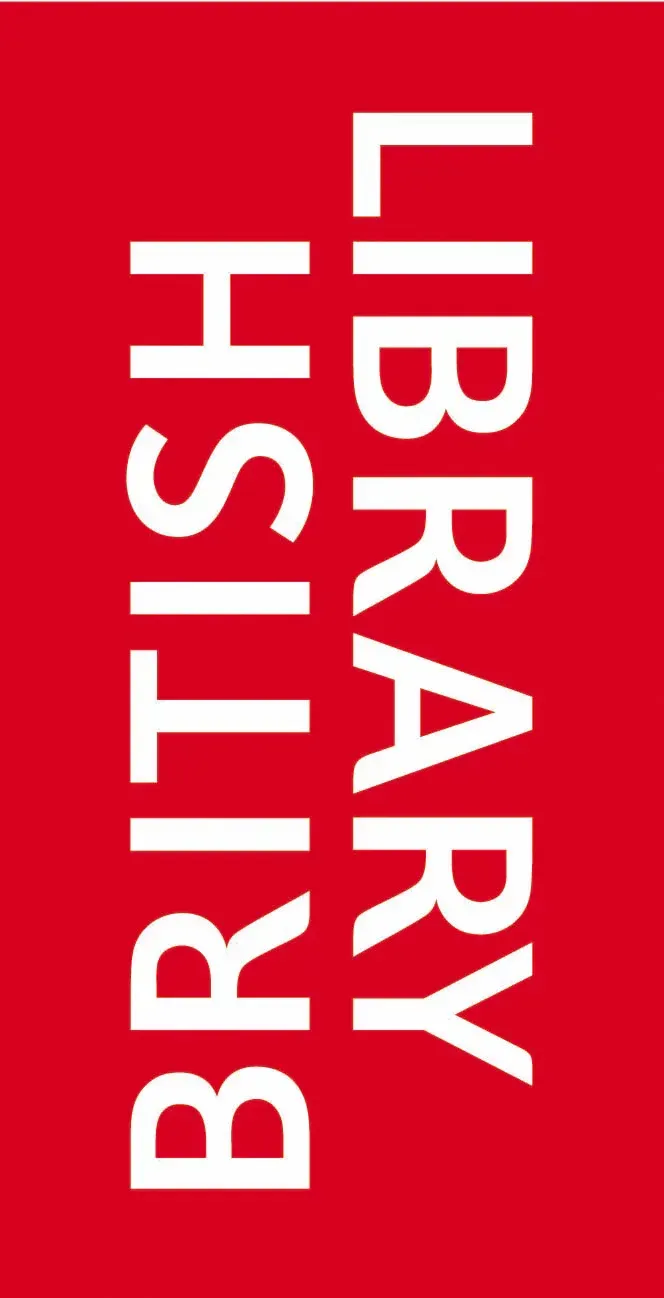
Mentoring businesses with the British Library

Helping create an ethical world

Insured by Simply Business


